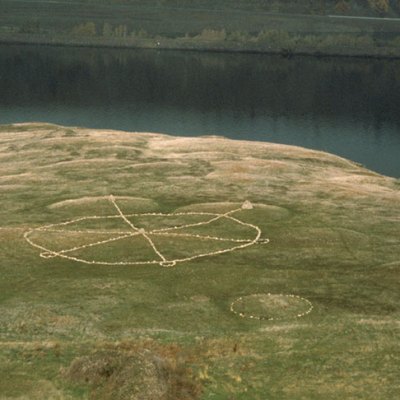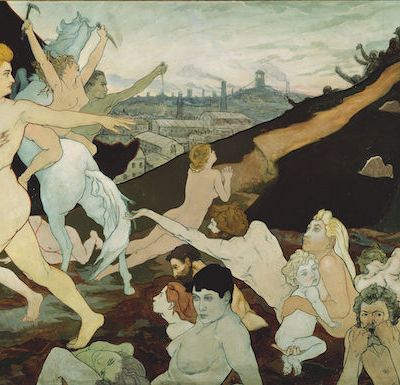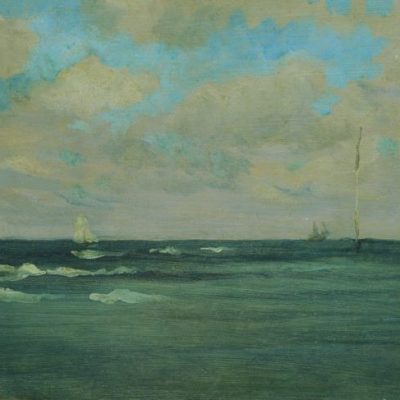This week’s book competition prize is Hilma af Klint: Notes and Methods by Christine Burgin (Christine Burgin/University of Chicago Press). Click here for your chance to win.
At the turn of the 20th century, Swedish artist Hilma af Klint (1862–1944) created a body of work that left visible reality behind, exploring the radical possibilities of abstraction years before Vasily Kandinsky, Kazimir Malevich, or Piet Mondrian. Many consider her the first trained artist to create abstract paintings. With Hilma af Klint: Notes and Methods, we get to experience the arc of af Klint’s artistic investigation in her own words.
Hilma af Klint studied at the Royal Swedish Academy in Stockholm where she was part of the first generation of female students. Up until the beginning of the century, she painted mainly landscapes and detailed botanical studies. Her work from this period was that of a young artist of her time who meticulously observed the world around her. But, like many of her contemporaries, af Klint was also interested in the invisible relationships that shape our world, believing strongly in a spiritual dimension. She joined the Theosophical Society, and, with four fellow female members who together called themselves ‘The Five’, began to study mediumship. Between 1906 and 1915, purportedly guided by a higher power, af Klint created 193 individual works that, in both scale and scope of imagery, are like no other art created at that time. Botanically inspired images and mystical symbols, diagrams, words, and geometric series, all form part of af Klint’s abstract language. These abstract techniques would not be seen again until years later.
Notes and Methods presents facsimile reproductions of a wide array of af Klint’s early notebooks accompanied by the first English translation of af Klint’s extensive writings. It contains the rarely seen ‘Blue Notebooks’, hand-painted and annotated catalogues af Klint created of her most famous series Paintings for the Temple and a dictionary compiled by af Klint of the words and letters found in her work.
Answer the following question, by 10 p.m. on 16 November, to win a copy of Hilma af Klint: Notes and Methods by Christine Burgin (Christine Burgin/University of Chicago Press).
Which esoteric philosopher was a major influence on Hilma af Klint – and advised her not to show her paintings in public for 50 years?
For our last competition prize we offered Courtauld Impressionists: from Manet to Cézanne by Anne Robbins et al. (National Gallery). The question was:
Samuel Courtauld formed the largest collection of works in the UK of which Post-Impressionist painter?
Answer: Cézanne
Congratulations to the winner, Faye Reed



